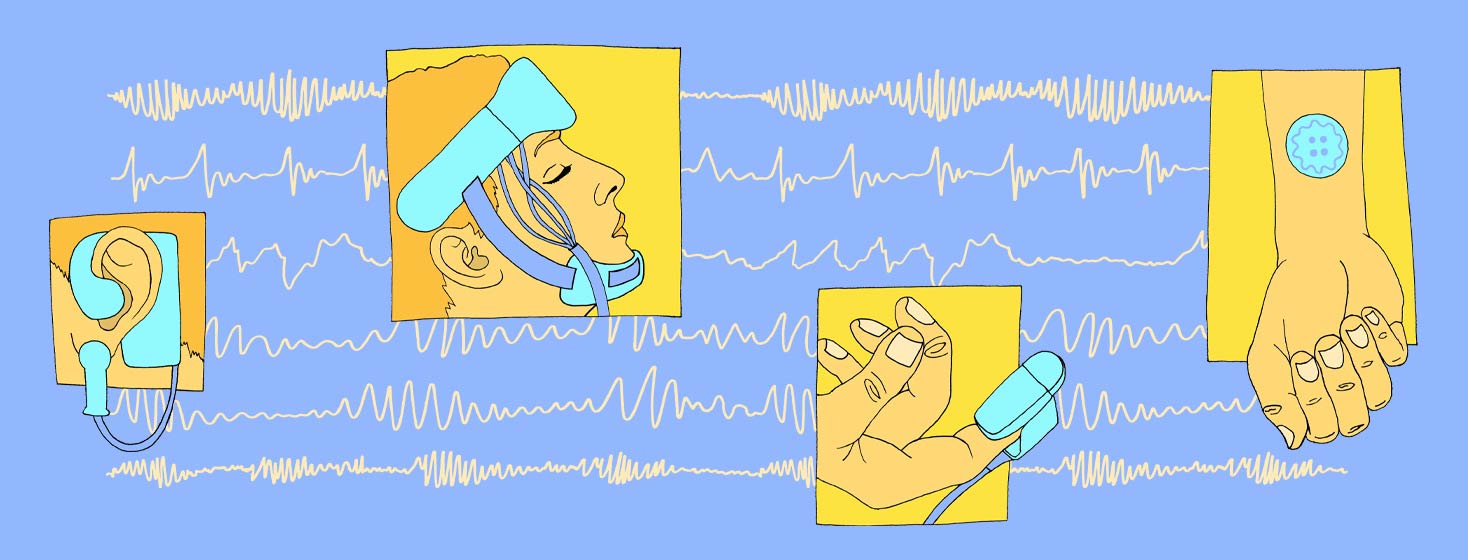Can Biofeedback Help Control My Parkinson’s Symptoms?
About 35 years ago, I had been taught some biofeedback techniques while participating in a lupus clinical trial. Could biofeedback be applied to my Parkinson’s as well?
What is biofeedback?
Biofeedback is a way to help control some body functions such as heart rate, blood pressure, and body temperature. During the lupus trial, I was trained to lower my blood pressure and control my breathing rate. I was connected to electrical sensors that delivered information about my body. Other than a slight tingling sensation at first, it was not really noticeable.1
The machine that was used had a light that would blink if my blood pressure rose. That reminder provided the feedback to help me make changes in my breathing and calm my thoughts. Relaxing certain muscles helped me control my body and improve my anxiety.1
At first I was skeptical and had difficulty, but with time I was able to master the technique. I was very pleased with my results, as was my medical team. Although it took a lot of practice, I use the same method to control my Parkinson’s symptoms now when my blood pressure may be higher than desired and anxiety is apparent.
Types of devices
Training on biofeedback devices can be obtained at places such as, physical therapy clinics, medical centers, and hospitals. A specialist will teach you techniques to control body function. Training and practice is extremely important.1
There are many different types of biofeedback aids. Some include scalp sensors that monitor brain waves, breathing bands to monitor breathing patterns, and sweat gland sensors to measure perspiration on the skin that alert you to anxiety.1
I was not exposed to any of these other biofeedback tools at the time of my trial, but I can certainly see how they might prove advantageous in managing many of the symptoms those of us with Parkinson's experience.
There are also at-home biofeedback devices. Most of these are mobile apps or interactive computer programs. These programs can help pace breathing, relax muscles, and induce feelings of calm.1
Why use biofeedback?
For me, the appeal of biofeedback is that it is non-invasive. It may reduce the need for certain medications and it gives patients more control over their health. I am always in favor of reducing the need for medications due to side effects.1
However many of the at home devices are expensive and many have not gone through clinical trials. In the future I expect more research will be done. As more information becomes available, the possibilities for biofeedback as another method for the treatment of Parkinson’s is encouraging.
I was able to control my blood pressure and heart rate during the lupus program but that was under strict observation. Biofeedback may be something you wish to explore. For my current symptoms I believe mindful meditation and visualization are working well for me at this time.

Join the conversation